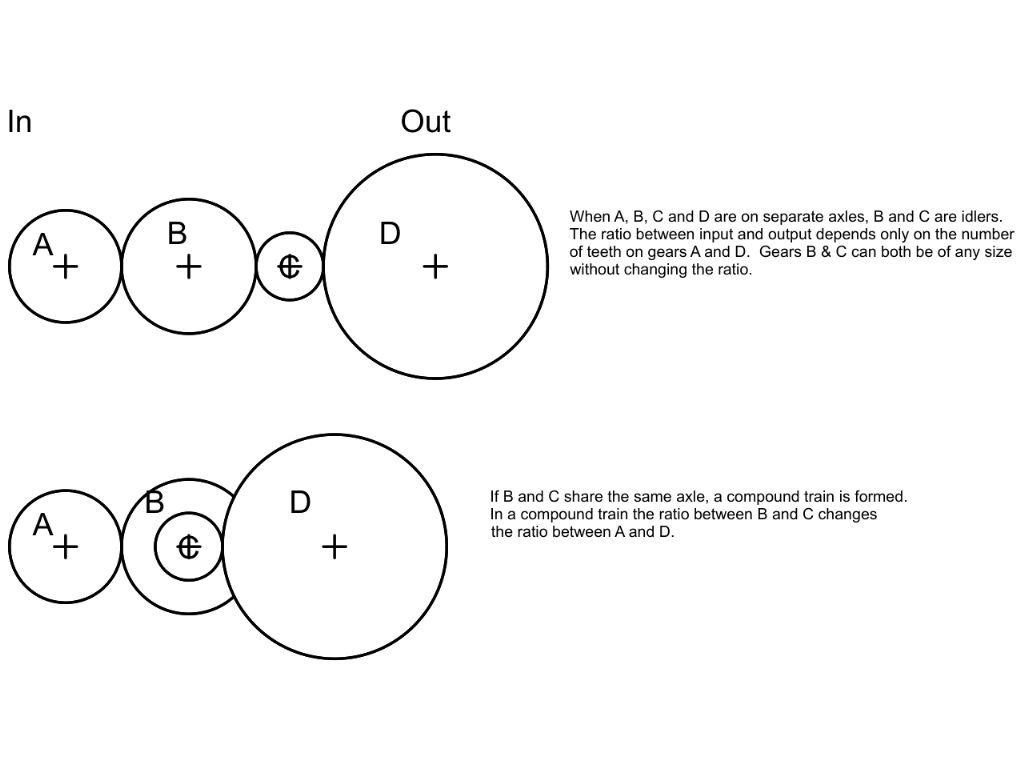Using gears for odd size threads
Using gears for odd size threads
- This topic has 10 replies, 7 voices, and was last updated 26 August 2018 at 14:10 by
SillyOldDuffer.
Viewing 11 posts - 1 through 11 (of 11 total)
Viewing 11 posts - 1 through 11 (of 11 total)
- Please log in to reply to this topic. Registering is free and easy using the links on the menu at the top of this page.
Latest Replies
Viewing 25 topics - 1 through 25 (of 25 total)
-
- Topic
- Voices
- Last Post
Viewing 25 topics - 1 through 25 (of 25 total)
Latest Issue
Newsletter Sign-up
Latest Replies
- Small cutter feeds
- Dead flies on the front of the car
- Setting the top slide to turn a Morse taper
- Anybody with a Meddings Driltru bench drill or similar?
- Milling in the lathe – Vertical slide
- How many rings per piston?
- Stuart? MTB 1M
- Steve 2250, new forum member
- Meddings MF4 Manual
- Rotary table question.





